Mar 10, 2018
An air regulator is used on an air compressor, compressed air flows from the reservoir of the compressor into the regulator.
Like a pressure regulator in a hydraulic press, the air regulator is essentially a valve that reduces or increases air pressure by redirecting the air flow.
Of course, the technology level entering the field has continuously developed into a tool that allows all kinds of innovation.

The regulator is typically installed between the compressor tank and the air hose or tool.
It consists of an internal spring, diaphragm, and control knob.
When the control knob is adjusted, the spring tension changes, which alters the opening size of the internal valve.
This adjustment controls the flow of compressed air, allowing more or less air to pass through and regulating the pressure at the outlet.
◆ Protects Tools and Equipment – Most pneumatic tools have specific pressure requirements. Supplying air at the correct pressure prevents damage and ensures optimal performance.
◆ Prevents Overload – Excessive pressure can cause wear, malfunction, or even safety hazards.
◆ Improves Efficiency – Maintaining stable pressure reduces air loss and ensures consistent tool operation.
Proper adjustmen of the air compressor regulator ensures that the connected tools receive the correct pressure for optimal performance.
Here’s a step-by-step guide:
Before adjusting the regulator, turn off the air compressor and release any built-up pressure in the system to prevent accidental discharge.
The regulator is usually located near the pressure gauge on the air compressor.
It often features a round or knob-like control for easy adjustment.
◆ Increase Pressure: Turn the knob clockwise to increase the output pressure.
◆ Decrease Pressure: Turn the knob counterclockwise to reduce the output pressure.
◆ Monitor the pressure gauge while adjusting to reach the desired pressure level.
◆ After adjusting, power on the air compressor and allow it to pressurize.
◆ Use a connected tool to check if the pressure is stable and adequate.
◆ Fine-tune the regulator if necessary for precise pressure control.
Some regulators have a locking mechanism or a set screw to secure the setting and prevent unintentional adjustments.
Ensure the regulator is locked in place once the pressure is properly set.
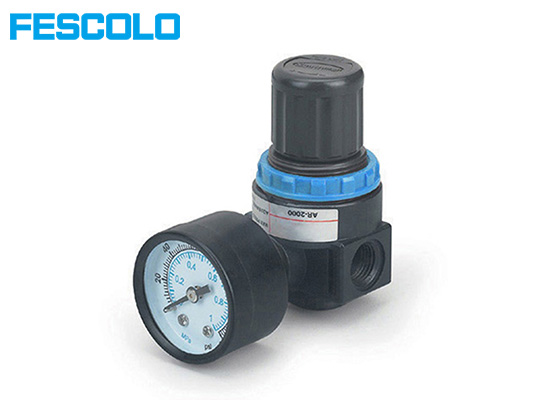
◆ Regular Cleaning – Dirt and debris can accumulate inside the regulator and affect its performance. Clean it periodically.
◆ Check for Leaks – Inspect the regulator and its connections for leaks to prevent pressure loss.
◆ Monitor Pressure Gauges – Consistently monitor the pressure levels to ensure the regulator is functioning correctly.
◆ Replace Worn Parts – If the regulator spring or diaphragm shows signs of wear, replace them to maintain accuracy and performance.
The air regulator uses a series of springs and a diaphragm to provide a constant air pressure level "downstream" regardless of any changes in the supply from the tank or upstream supply.
We can also supply the SMC Air cylinder, Globe Valve etc. Welcome to contact us.

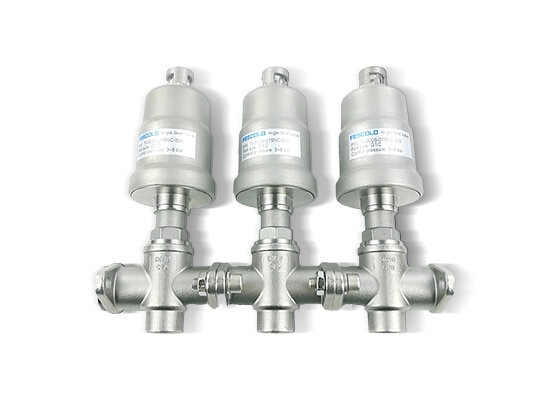 The Ultimate Guide to Pneumatic Control Valves
The Ultimate Guide to Pneumatic Control Valves
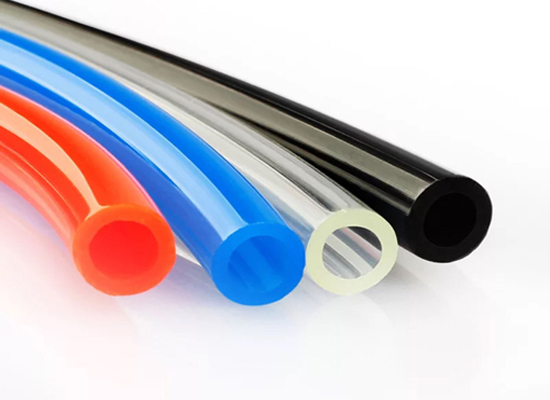 Comprehensive Guide to Pneumatic Air Tubing: Types, Sizing & maintenance for 2025
Comprehensive Guide to Pneumatic Air Tubing: Types, Sizing & maintenance for 2025
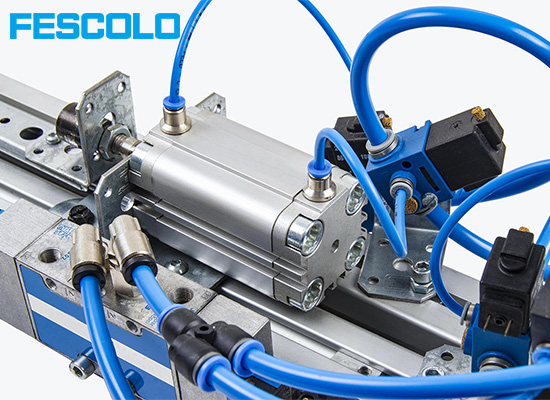 Pneumatic Tubing Explained: Types, Materials, and How to Choose the Right One for Your System
Pneumatic Tubing Explained: Types, Materials, and How to Choose the Right One for Your System
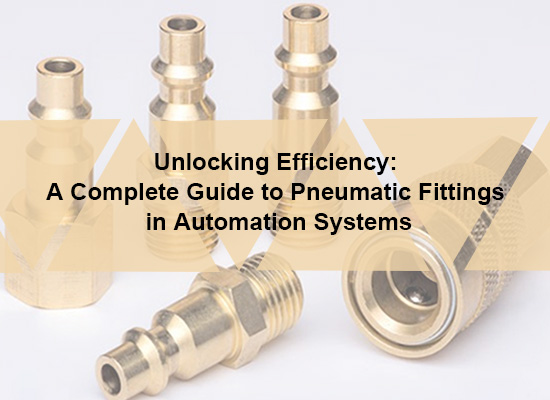 Unlocking Efficiency: A Complete Guide to Pneumatic Fittings in Automation Systems
Unlocking Efficiency: A Complete Guide to Pneumatic Fittings in Automation Systems
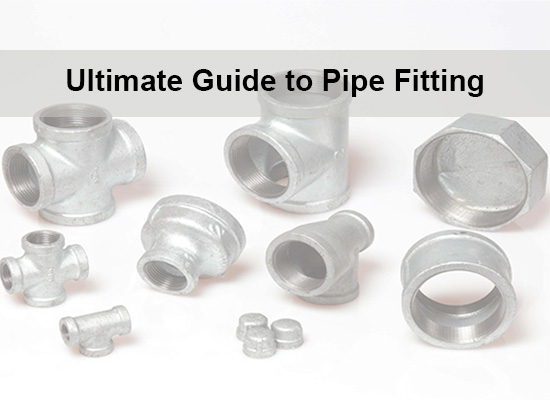 Ultimate Guide to Pipe Fitting
Ultimate Guide to Pipe Fitting
You May Interest In
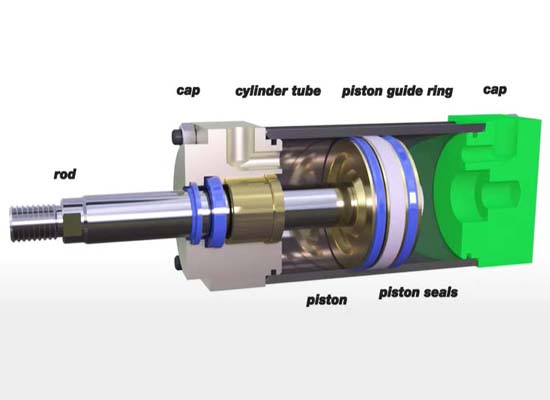
Apr 23, 2025 Blog
Exploring the Critical Parts of a Pneumatic Cylinder
Apr 23, 2025 Blog
anti-rotation cylinder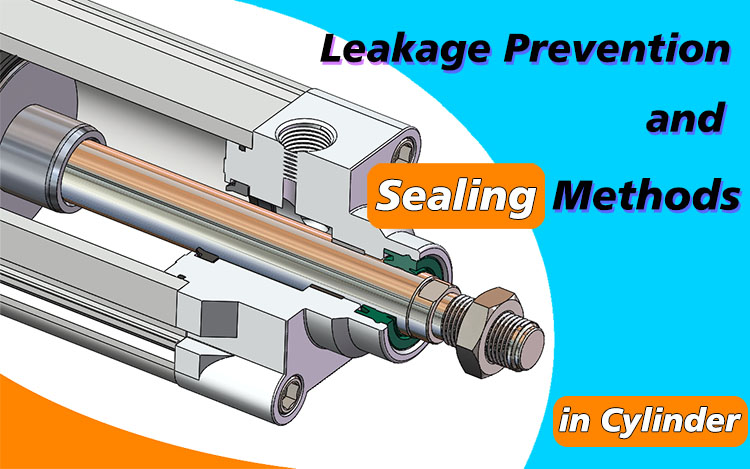
Mar 28, 2025 Blog
Leakage Prevention and Sealing Methods in Cylinder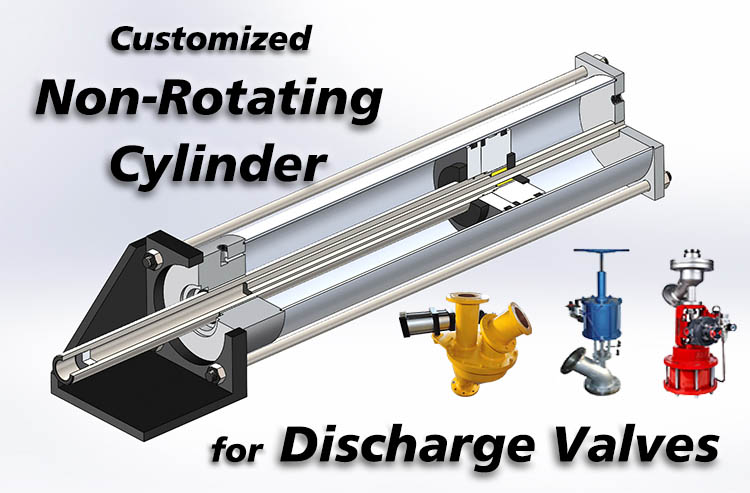
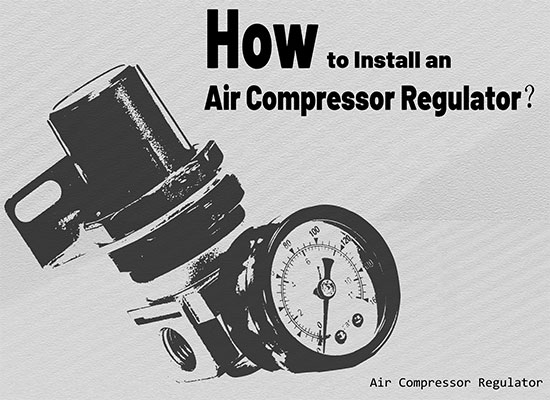
Mar 18, 2025 Blog
How to Install an Air Compressor Regulator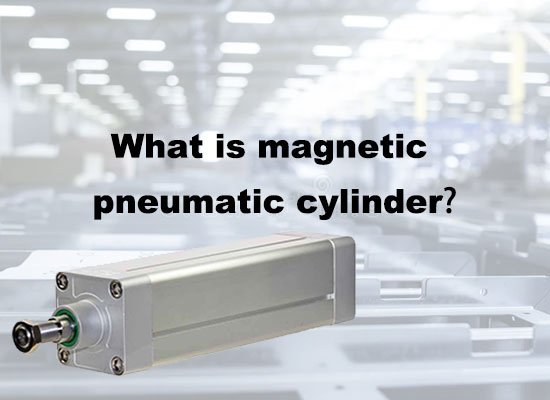
Mar 13, 2025 Blog
What is Magnetic Pneumatic Cylinders?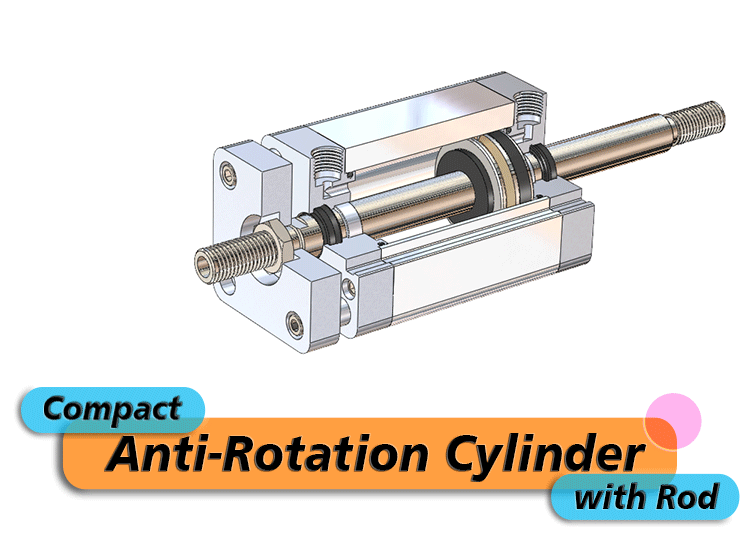
Mar 10, 2025 Blog
Compact Anti-Rotation Cylinder with Rod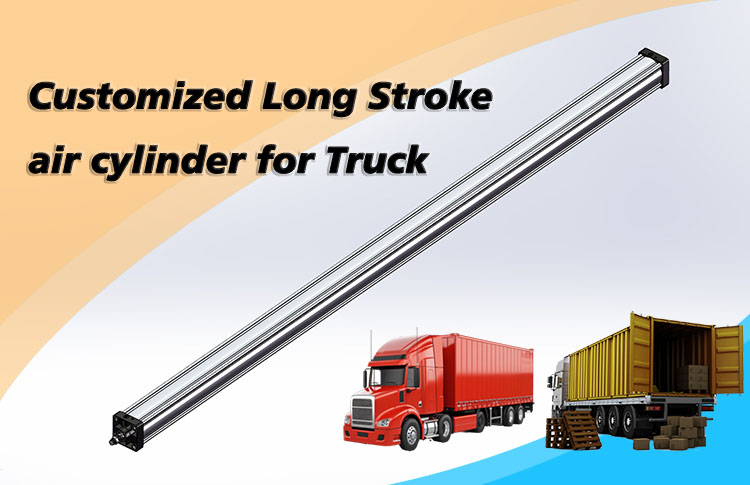
Mar 10, 2025 Blog
Customized Long Stroke Air Cylinder for Truck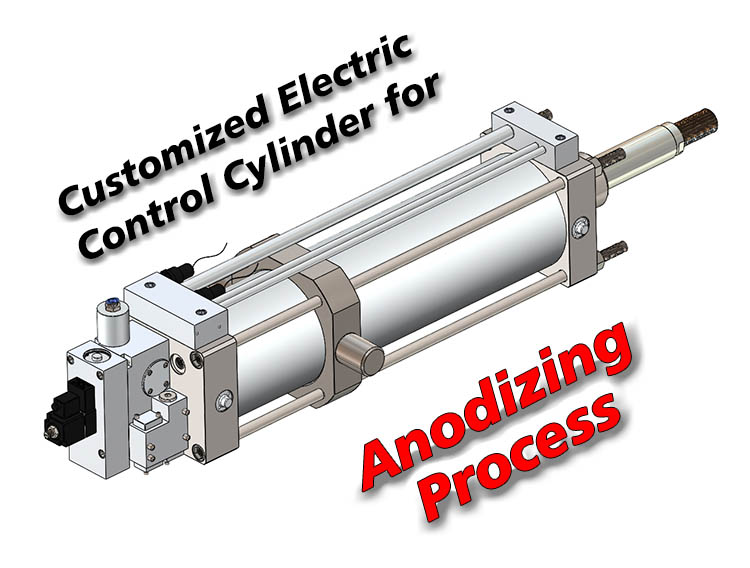
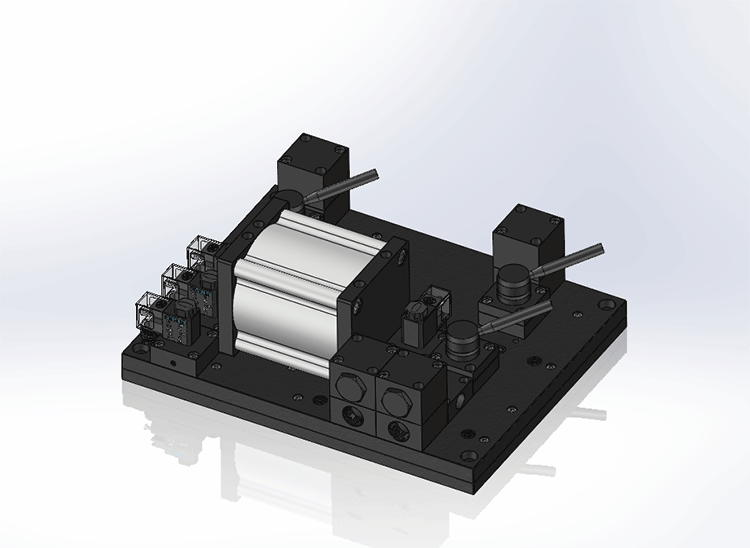
Mar 10, 2025 Blog
Customized Combination Manifold Valves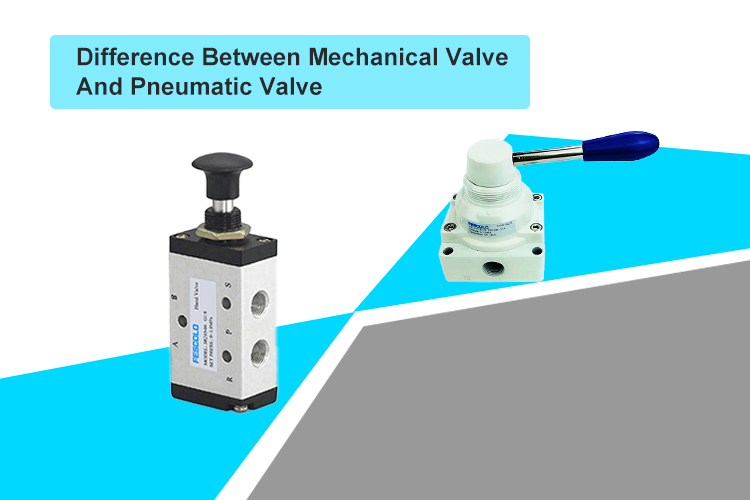
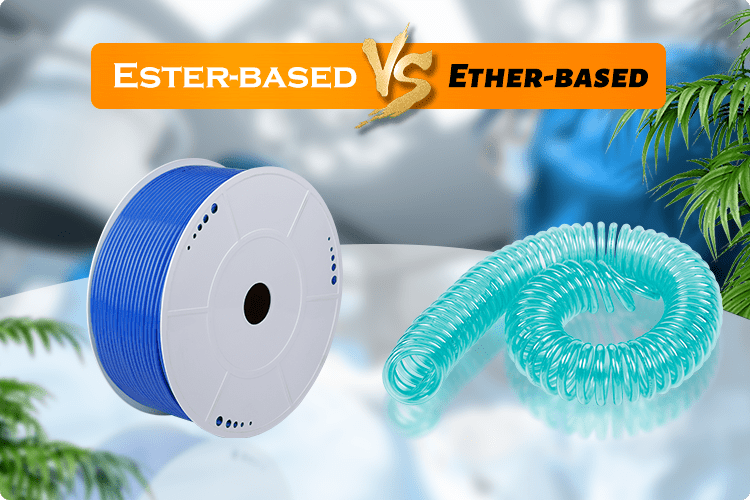
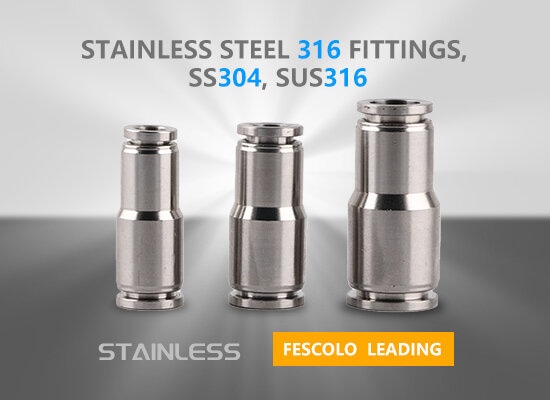
May 16, 2019 Blog
STAINLESS STEEL 316 FITTINGS, SS304, SUS316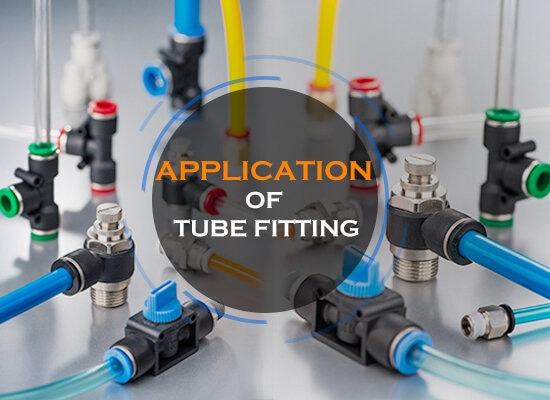
May 03, 2018 Blog
Application Of Tube Fitting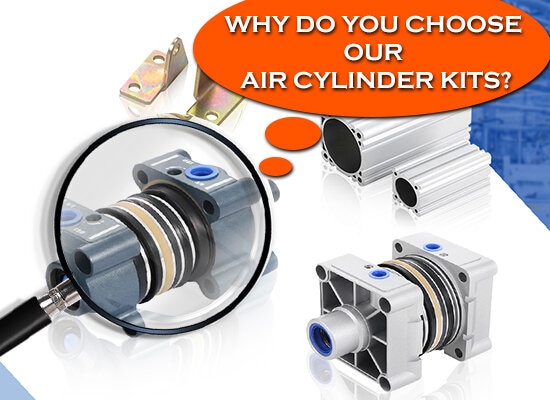
Jun 08, 2018 Blog
Why Do You Choose Our Air Cylinder kits?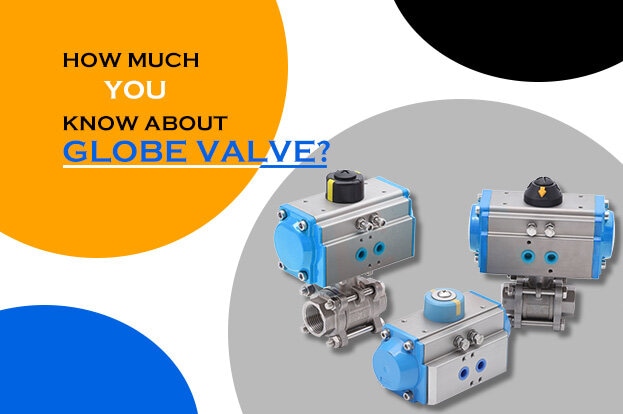
Feb 09, 2018 Blog
How much you know about globe valve?FOKCA ©1998-2025 Fescolo Pneumatic All Rights Reserved Sitemap